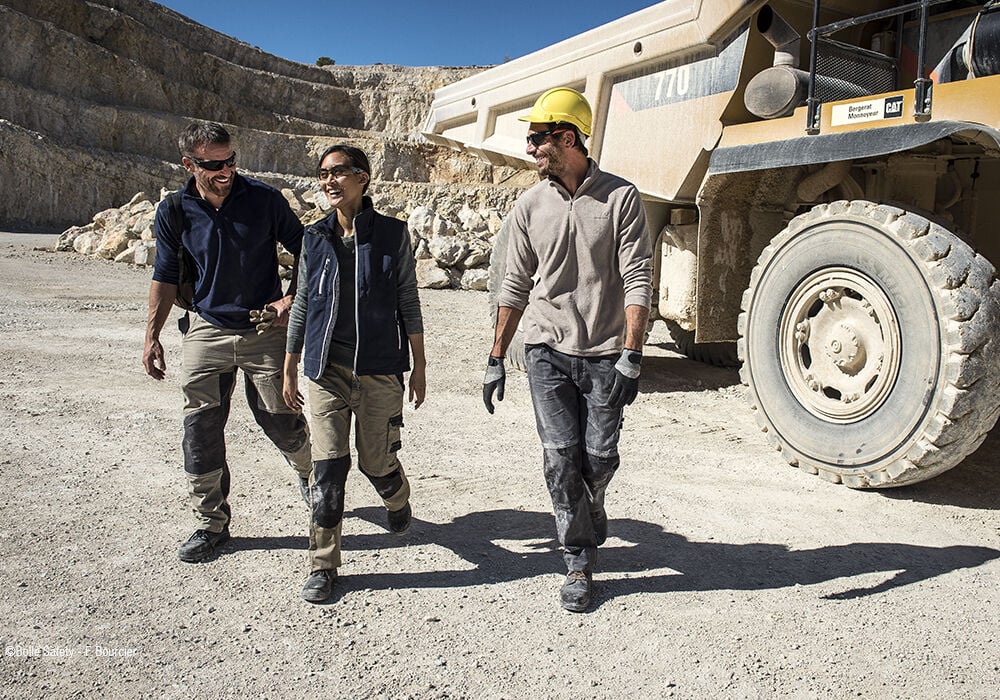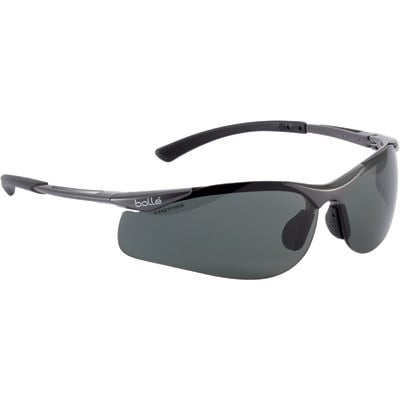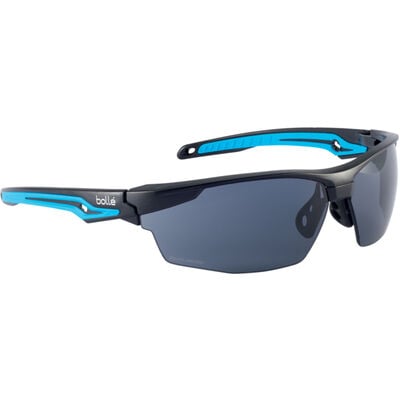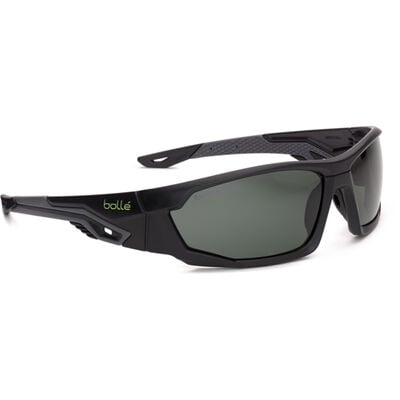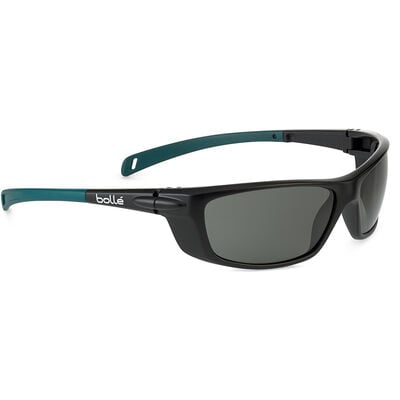According to the Scientific Committee on Emerging and Newly Identified Health Risks, outdoor workers are three times more likely to develop certain eye conditions than indoor employees. This is because professionals who work outdoors spend an average of 6 hours per day under direct sunlight. Which, in turn, results in too much exposure to UV rays.
Excessive amounts to UV radiation can cause different health problems, with eyesight conditions being among the most common. Not only this, some environmental factors can increase exposure and intensify the impact that these rays have on workers’ vision. Even the reflection on the safety glasses that employees wear can alter the way their eyes interact with light.
In order to create a safe environment for all workers, managers have to consider the impact of UV radiation. Administrators also have to find effective ways to combat this type of light without reducing the team’s visibility or productivity.
In order to create a safe environment for their workers, managers are starting to rely on polarized safety glasses that protect against the negative effects of UV radiation.
In this article, we will go over the different elements that affect the health of exterior workers’ eyes. We’ll also discuss the innovative polarized technology featured in our safety sunglasses, which are designed to protect and reduce the negative consequences of UV exposure in the eyes.
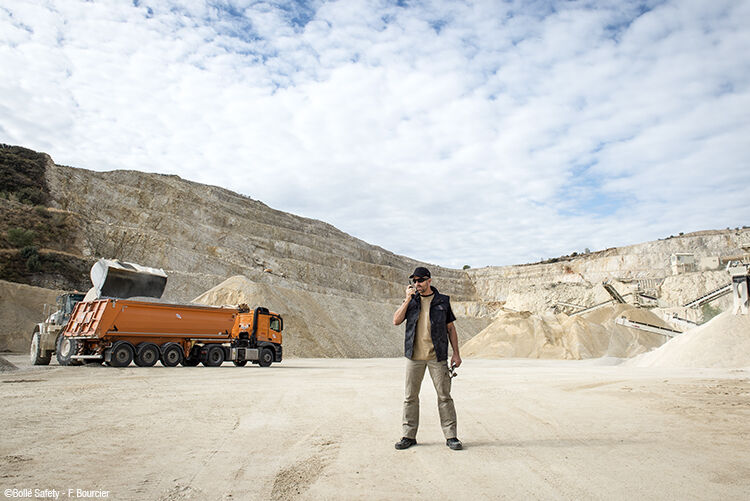
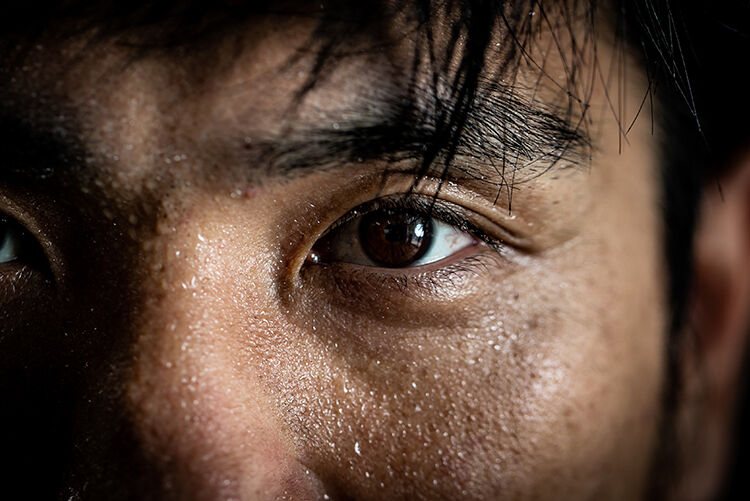
What Factors Impact the Eyesight of Outdoor Employees?
There are many different factors that affect the health of exterior workers’ vision. That said, the most common are floating debris, air pollutants, harmful chemicals, and, of course, UV radiation.
Although air pollution and floating particles pose a big risk, UV rays are by far the most dangerous threat. Recent studies suggest that this type of radiation is linked with pterygium, cataracts, and macular generation. As a matter of fact, it’s estimated that close to 3.2 million people lose their eyesight every year due to conditions related to solar UV exposure.
Furthermore, certain outdoor environmental factors can increase the intensity and exposure to this type of radiation. These include, but are not limited to:
- Atmospheric Composition: The gas composition of the atmosphere directly interacts with UV radiation. This can increase exposure through processes such as absorption, reflection, refraction, and diffusion.
- Inclination of the Sun: The position of the sun and the angle at which it hits the eyes can also increase UV exposure. The effect can exponentially increase depending on the hour of the day, geographical region, and certain environmental factors.
- Altitude: Cities like Denver and Mexico City are located thousands of meters above sea level, which means they are closer to the sun and receive higher doses of UV radiation.
- Cloud Formations: While some cloud formations may reduce UV light, others can actually increase exposure and magnify the effect of this electromagnetic radiation. Light cloud formations work like a magnifying glass, so they can increase the impact UV rays have on the eyes.
- UV Light Reflection: The most common and perhaps the most alarming element that can increase UV radiation is reflection. Water, metal, glass, and other surfaces can reflect UV rays, magnifying their effect along the way. For instance, a fresh layer of snow can shine back up to 85% of the sun’s UV lights, which is not ideal for workers in cold conditions.
- Physical Traumas: Blunt physical traumas can come from tools, construction materials, and other sources. In agriculture alone, direct trauma represents 96% of all occupational injuries. These can cause lacerations and retinal detachment among other injuries, all of which can be prevented with safety sunglasses
- Foreign Bodies: Similarly to blunt trauma, foreign bodies can inadvertently float into unprotected eyes and damage the cornea. In most cases, workers try to rub or wash out their eyes instead of seeking medical attention, which can make their injuries worse.
- Chemicals and Other Liquids: There are close to 36,000 cases of ocular chemical burns every year. Besides discomfort and pain, these injuries can produce acute glaucoma and permanent loss of vision, so they should be treated as a medical emergency.
- Abrasion from Rubbing: In many cases, outdoor workers' first reaction will be to rub or scratch their eyes when they get hurt. This can cause more damage or produce new injuries that can be prevented through protective eyewear.
Even though UV radiation seems like the only hazard, there are many other factors that can affect exterior workers' vision. As a matter of fact, up to 20% of workplace eye injuries may result in permanent loss of vision. For this reason, providing optimal safety equipment like an anti-reflective feature is the best way to protect exterior employees’ eyes.
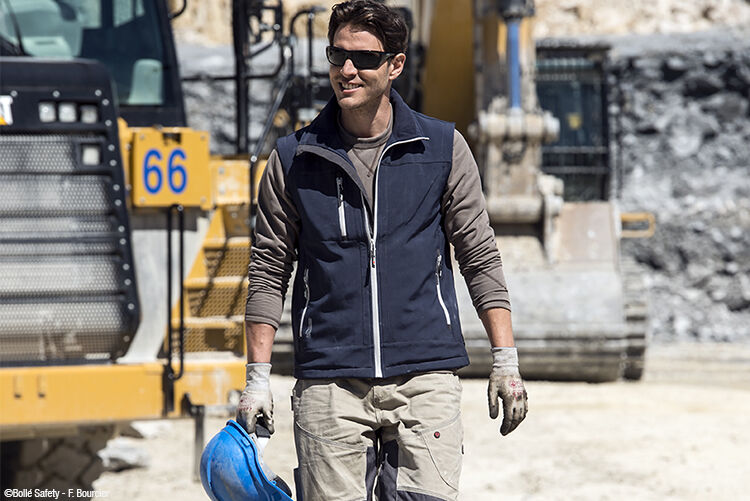
Industries that Need to Protect Their Outdoor Employees’ Eyesight
While there are many elements that can affect outdoor workers’ vision, not all of these apply to every industry.
For instance, office employees require a different type of protection than outdoor workers. If workers spend most of their hours outdoors, managers should assess the safety mechanisms they have in place to help protect their vision and overall health.
Some of the industries that need to focus on protecting their outdoor employees’ eyesight include, but are not limited to:
- Offshore oil rigs, offshore aeolic energy, shipbuilding and marine construction: Workers in these industries are exposed to huge amounts of direct sunlight as well as glare from the water and metal structure itself.
- Transportation and aviation (drivers and pilots): Altitude directly affects UV radiation and pilots are exposed to higher levels than most other trades. Drivers don’t go as high, but they get more glare exposure from reflected sunlight that bounces off light-colored sidewalks and other vehicles around them. Not only this, both trades are exposed to magnified UV rays that pass through the vehicles’ windshields.
- Electrical work, aviation mechanics, outdoor fabrication, and construction: Unlike other industries, these employees can spend their entire shift outdoors. They encounter several sources that produce glare.
These range from metal surfaces to glass building, all of which put a massive amount of strain on their eyes.
- Manufacturing and metal forming: Professionals in the metal forming and manufacturing industries are exposed to both UV light from natural and man-made sources, so having the right eyewear in these industries is crucia
- Open-field mines, most branches of agriculture: Workers in agriculture and open-field mining can experience long-term damage due to UV radiation, but are also at a high risk of suffering blunt trauma to the eye
The good news is that 90% of eye accidents that happen in the workplace can be prevented through protective accessories. By implementing safety accessories like polarized safety glasses that have a polarized finish, administrators can protect their team and reduce the chances of a workplace accident across the board.
Comparing Direct UV Light and Glare
Despite the fact that they may come from the same source, it's important to know the difference between glare and direct UV rays. Most people are exposed to direct sunlight every day, sometimes for several hours in a row.
However, outdoor employees that work close to reflective surfaces are also exposed to glare. Glare is UV radiation that bounces off water and other reflectors, then enters workers’ eyes. These rays exert more pressure on the ocular system, which in turn may produce a permanent loss of vision and other serious effects.
In these cases, having polarized safety glasses can help protect exterior workers’ eyesight without forcing them to spend less time off the job.
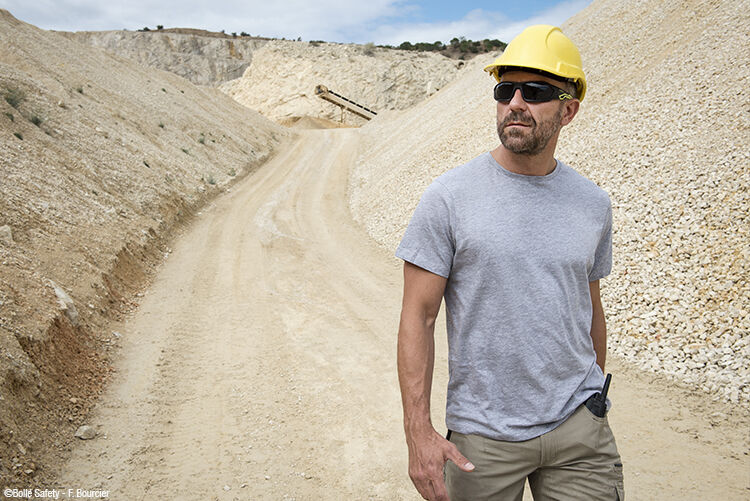
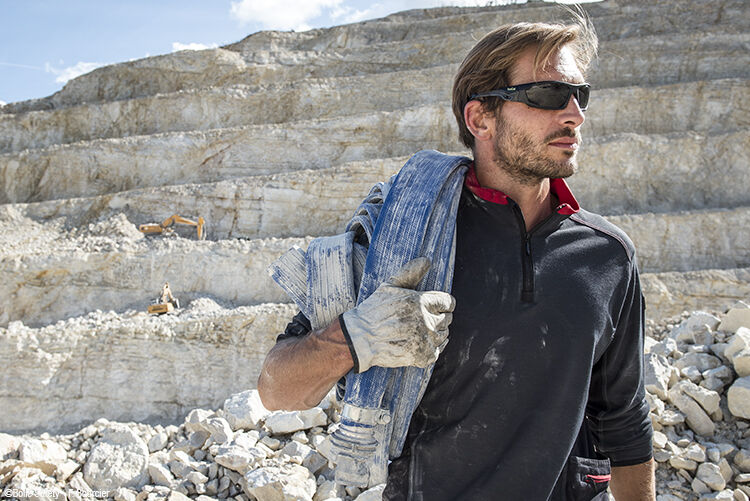
Introducing Polarized Technology
Every day, 2,000 workers suffer from eye injuries on the job in the US alone. Not only this, but all outdoor employees are constantly exposed to direct UV light as well as glare.
Safety eyewear has been a standard for many industries in the UK, the US, and other parts of the world. Moreover, line managers can opt for polarized safety glasses that feature a specific technology, which stops reflected UV light from damaging their workers’ vision.
Even the safety glasses that workers wear can reflect light into their eyes when they turn their back on the sun. Therefore, managers need to pay special attention and take their time researching in order to find the best option for their employees.
SMOKED GLASSES OR POLARIZED LENSES?
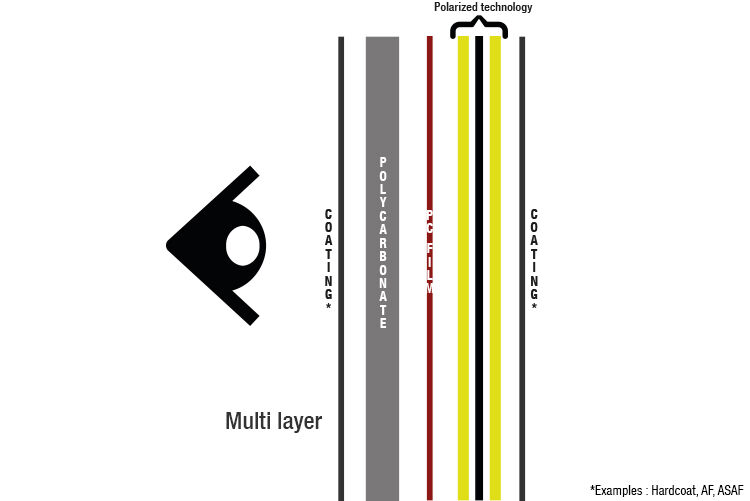
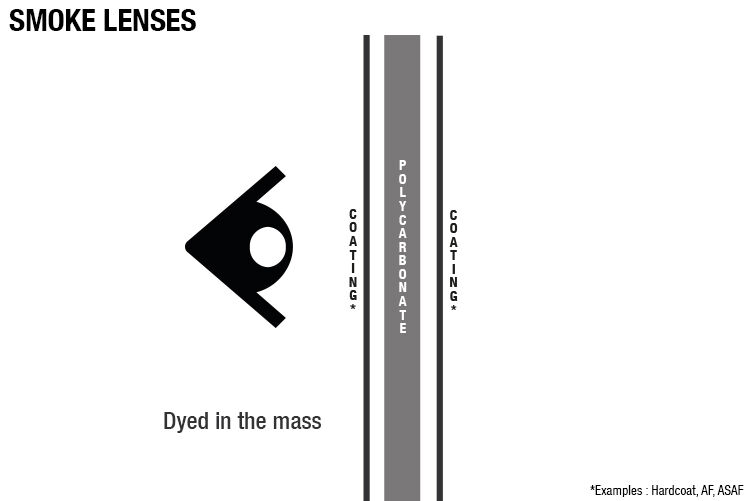
Although they may seem similar in use, smoked safety glasses that have colored tints don’t provide as much protection as polarized eyewear because they simply reduce light transmission. Normal tints don’t stop reflected light either, so workers can still suffer from long-term eye problems even if they wear these as instructed.
In contrast, the chemical layer and laminate finish in polarized lenses reorganize light as it passes through the safety glasses. The lenses block out all horizontal rays, which are produced by glare, a concept similar to the mechanism found in window blinds. With less glare, outdoor workers will experience an improvement in definition and color appreciation.
The technology featured in polarized lenses is designed to block glare in all environments, regardless if they are work by interior or exterior workers. Polarized safety glasses, goggles, and similar eyewear also give a more natural view, sharper image, and increased visibility.
This makes them the best choice in most cases, but remember to assess each particular case and make the best decision based on the team’s well-being.
POLARIZED SAFETY GLASSES: PROTECT YOUR OUTDOOR WORKERS’ EYESIGHT FROM HARMFUL LIGHT, TRAUMAS, AND MUCH MORE
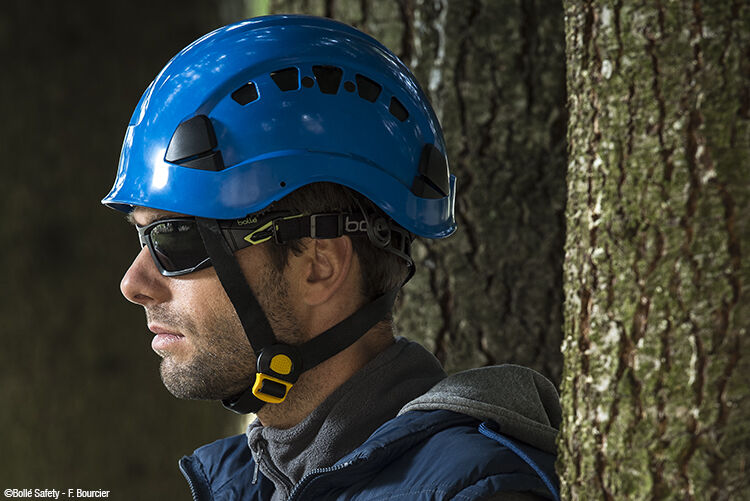
There’s no denying that eye injuries are common in the workplace. That being said, they are far more common in outdoor employees due to the sheer nature of these trades. This means that managers have to take precautions that help minimize the chance of an accident.
Floating particles, chemical burns, and extensive sun exposure are just some of the variables that can affect the team’s vision. These can produce short and long-term damage, so creating a safe environment for outdoor workers should be at the top of any manager’s priorities.
In the large majority of cases, these accidents can be prevented with the adequate safety protection. The tips above should help find the best approach to safeguard outdoor workers’ vision while still allowing them to perform their job without any hassles.
